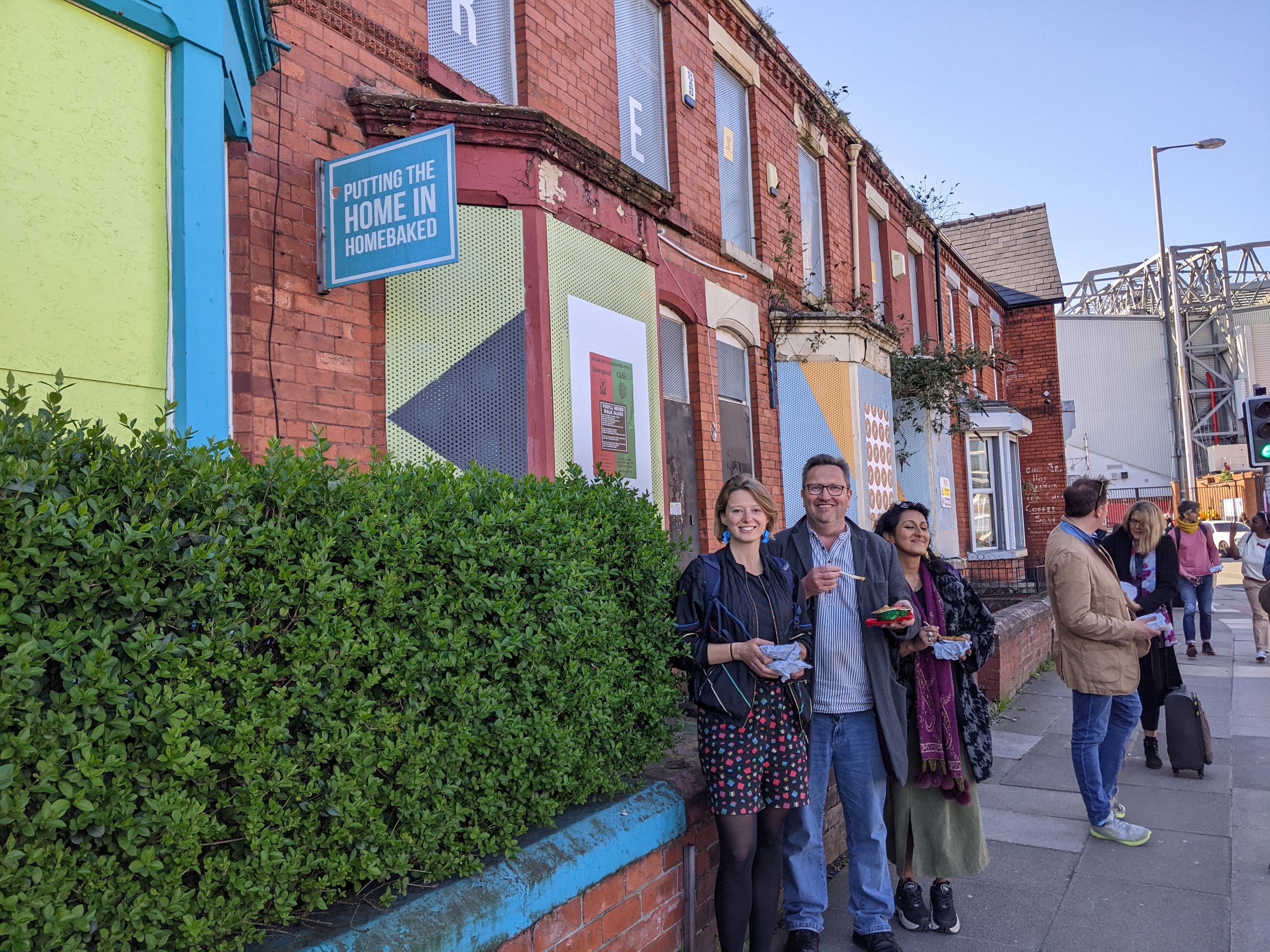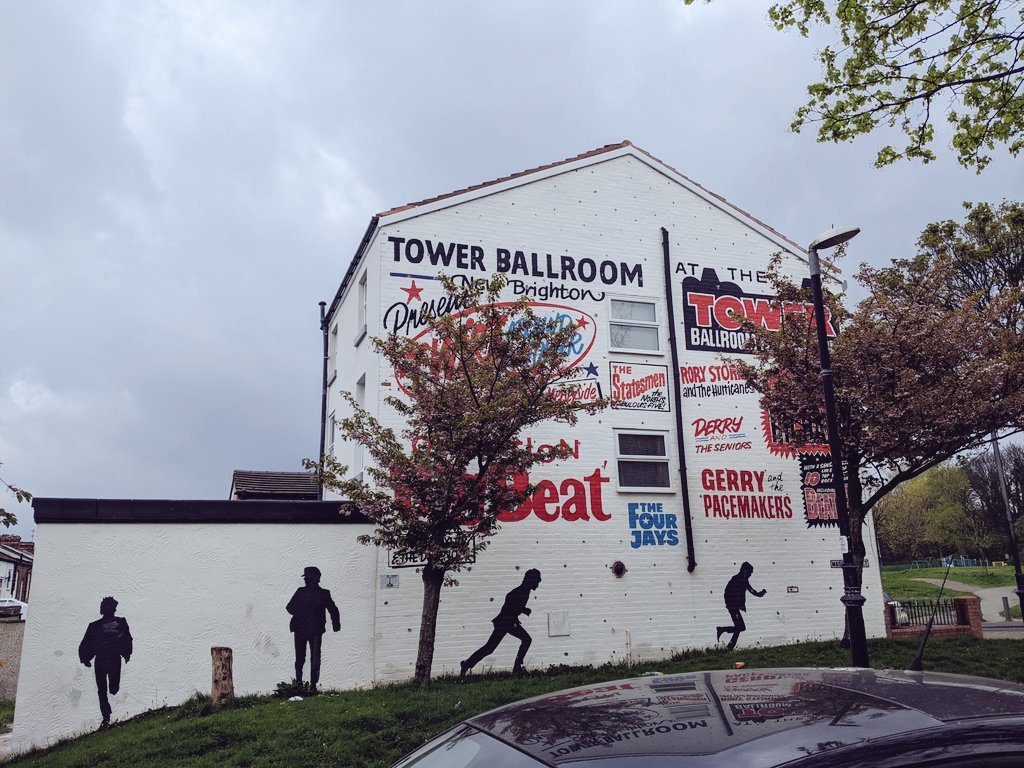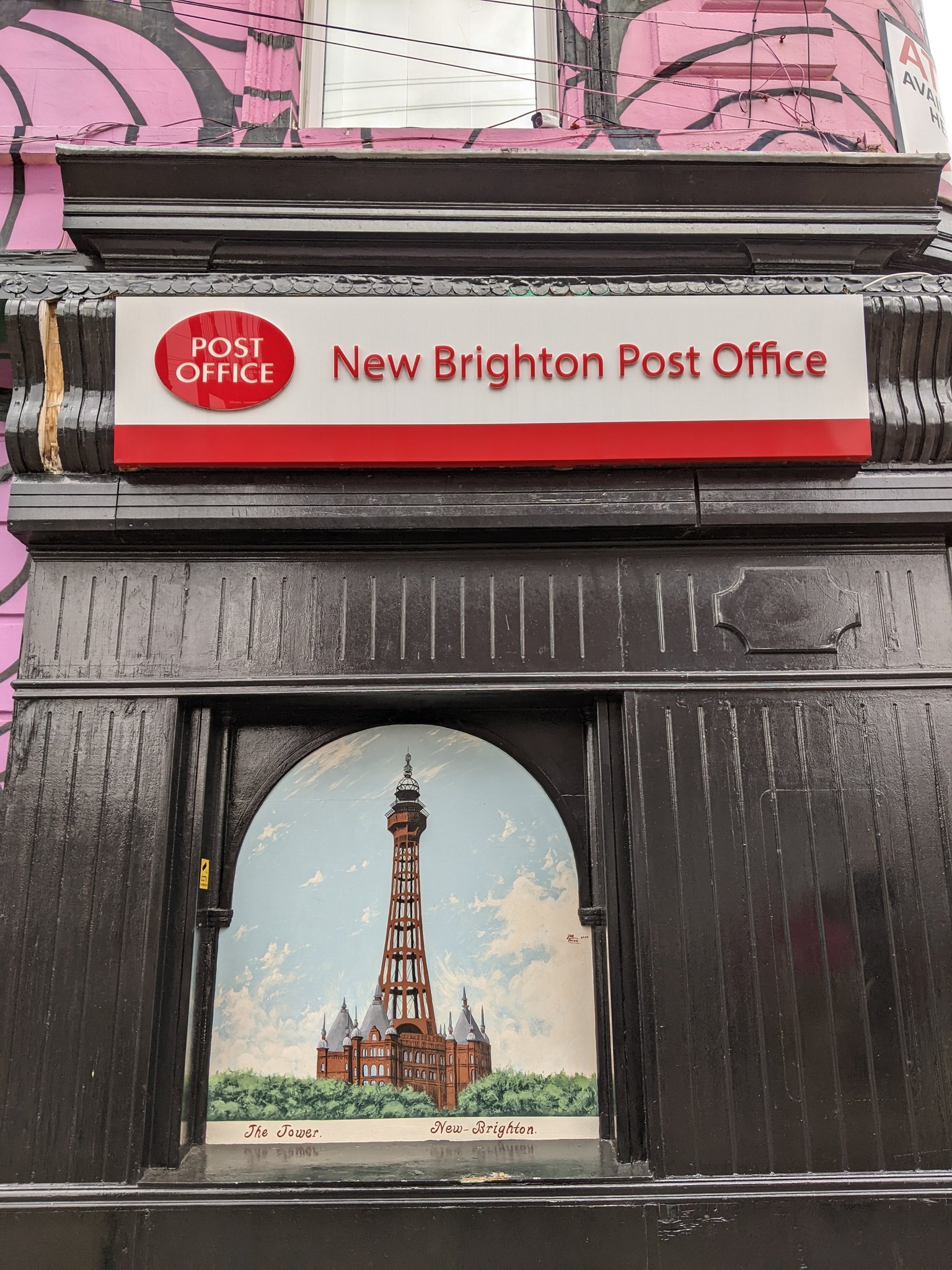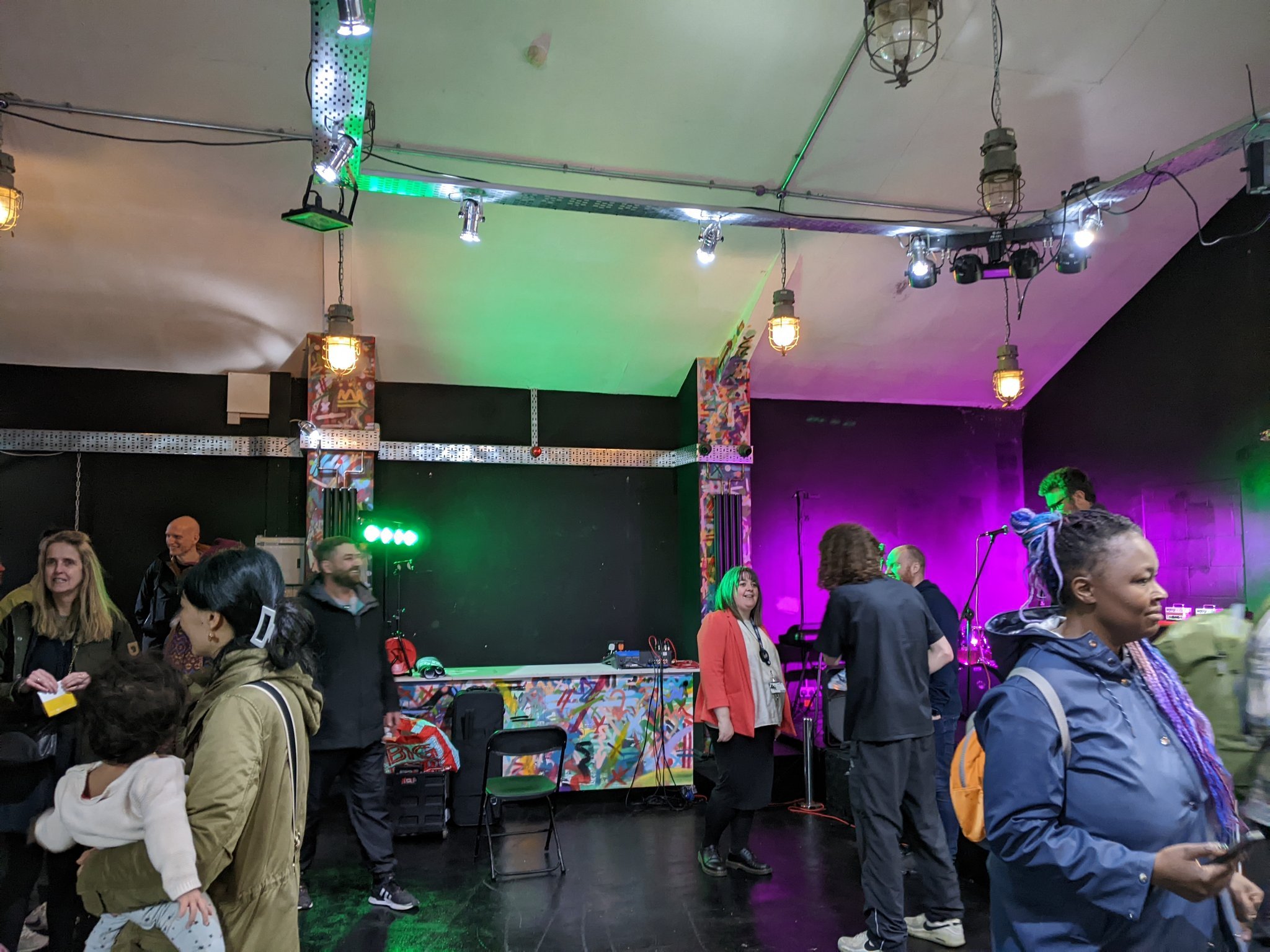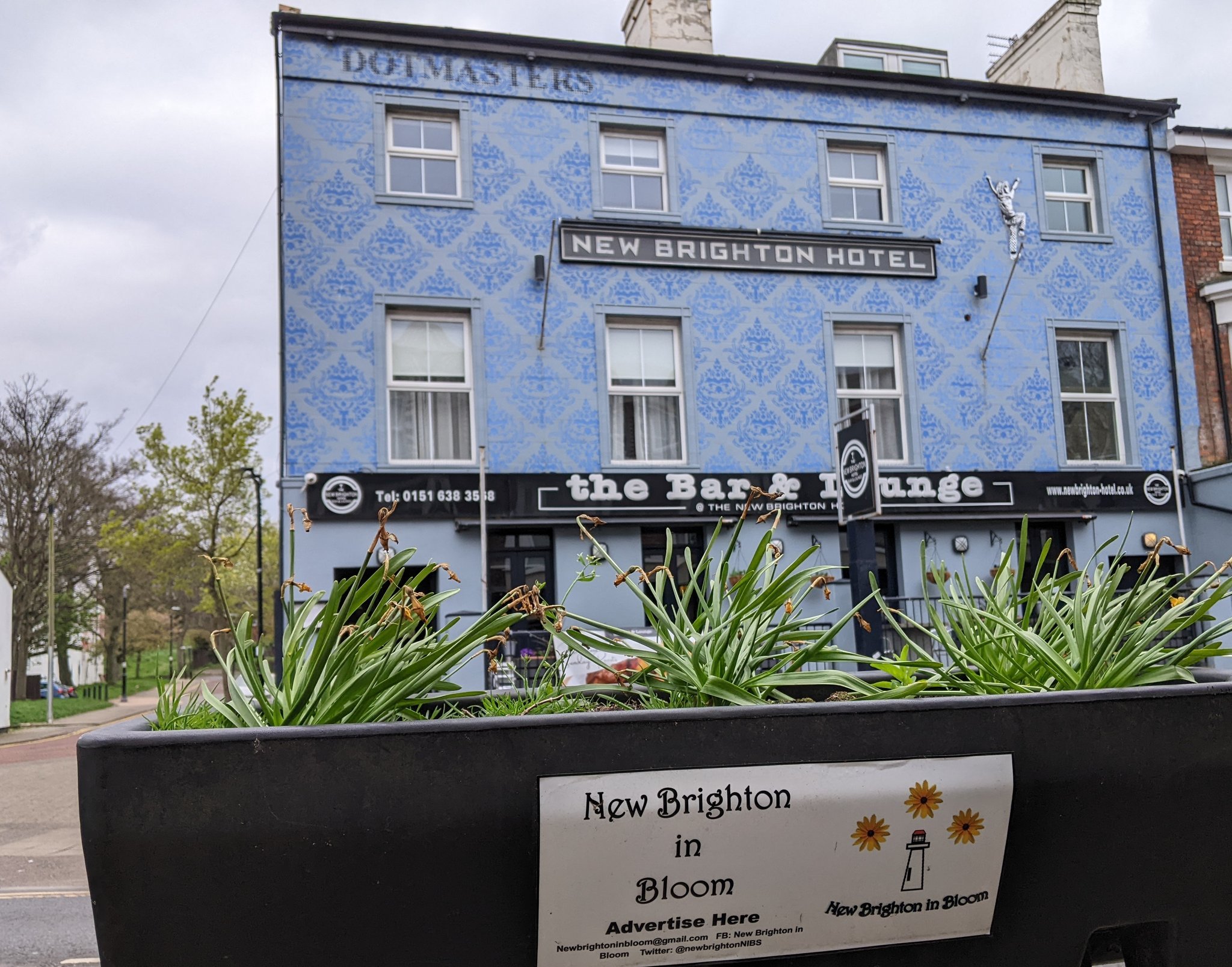Sustainable high streets need solutions, not sacrifices
Part 3 of our blog series: ‘Community-powered property: 3 Learnings from Liverpool and the Wirral’
Liverpool and the Wirral have amazing examples of community-powered town centre buildings, which generate vibrancy, footfall and social impact. But here, like across the UK, the over-reliance on the personal sacrifice of inspiring, tenacious community leaders is unsustainable. Instead, the town centre property system needs long-term solutions. Luckily, these exist…
Why property revival takes personal sacrifice
From New Brighton to Birkenhead, from Anfield to the Baltic Triangle, incredible things are happening across Liverpool and the Wirral. These places are full of buildings that are powered by the local community, for the local community. They offer retail, learning, culture, arts, education, services; spaces for people to live affordably, sustainably and together. They deliver social, not just economic, impact.
But behind these successes, there’s often relentless personal commitment and sacrifice. These are stories of tenacious individuals who invest huge amounts (whether time, energy or money) into community business models and property stewardship, which don’t always offer big financial reward. These are stories of triumph in the face of systemic issues that will be familiar to many across UK town centres:
Insufficient council resources to go round. Community leaders who are all driven by the same purpose and love for their place, are inevitably in competition with one another;
Banks lending to small businesses has been severely restricted since the 2008 crash. Community entrepreneurs are dependent on public money, trusts, foundations, or on their own personal ability to borrow. It’s hard enough for any entrepreneur without access to start-up capital, but socially-trading organisations have additional barriers with business models that are generally ill understood;
Absent asset owners sitting on property. Banking on rising land value, unengaged property owners often don’t need immediate rental income, so communities can’t get inside buildings to do regenerative activities, even on a ‘meanwhile’ basis;
High rent. This money could be spent on wages and apprenticeships for local people, and social value leases could be lowering the rent, at least initially.
Within and beyond the Liverpool City Region, tenacious individuals have broken down barriers to breathe new life into buildings and prove that the community-driven property model works for high street revival.
Sally-Anne Watkiss, Chair of Homebaked Bakery, told us how their building was saved from demolition by the local community, who fought to get a lease from the council for the Homebaked Community Land Trust. It’s clear that nothing would have progressed without local personal passion for the neighbourhood.
Her colleague Susan Humphreys (Board & founder member) told us:
“My grandma bought our house across the road in 1920. We lived through terraced houses being boarded up everywhere as part of the council’s Housing Renewal Programme. We lived through losing community. We lost places like the Chandlers (a household supplies shop) where we’d meet each other. We needed something or somebody to grab hold of it again…
12 years ago, I retired and I said to myself I’d get involved in my community. A flyer came through my door saying they wanted to start a bakery again in the building that used to be a bakery. I didn’t hesitate, and immediately got started!"
Today this bakery is a £0.5 million turnover business, which, including its events/match team, provides real living wage employment to 28 people.
Yet, we also heard of uphill battles in Homebaked Bakery’s quest to create more impact. Angela Mackay (Operations Manager) and Susan Humphreys (Board & founder Member) told us of ongoing challenges in securing more space, now that they need to expand beyond the building they currently sublet.
They see derelict buildings all around them full of potential — but instead of these buildings becoming vessels for more local jobs, affordable food, and community building, they see new car parks and holiday accommodation, and asset owners land banking.
Enjoying freshly baked pies on Platform Places’ visit to Homebaked Bakery
Kitty’s Laundrette: community and laundry in one
Nearby at Kitty’s Laundrette, the team spent years searching for ways to access vacant properties to realise their idea for a community space. Conversations with the local council, housing associations and private landlords were all reaching dead ends.
The few leases that were offered were short term and unsecure, making it impossible to do the necessary investments in the space to make the launderette possible (e.g. three-phase power and reinforced floors).
At risk of all the plans and fundraising for the launderette being abandoned due to lack of premises, they had to buy using a personal loan — a big risk to the individuals, and in turn the new social enterprise.
Money makes magic happen fast
Head across the River Mersey to New Brighton, the formerly thriving seaside town that millions of daytrippers visited annually from the mid to late 1900s. Once quiet and boarded-up after decades of neglect, today the busy high street, Victoria Road, sparkles with street art at every turn. Here, local people enjoy diverse spaces from cafés to shops to arts and music venues, run by amazing community businesses.
Those spaces were unlocked because local Dan Davies (founder of Rockpoint Leisure) realised he could do something concrete to support the area’s community-led regeneration. He had sold a previous business, and had some personal money he was willing to invest. Inspired by locally-led revival of other UK seaside towns, Rockpoint Leisure identified and purchased key buildings along the street to be used by the community. Each building was to offer something unique for the area, to serve local needs and harness New Brighton’s talent and entrepreneurship.
When Platform Places visited, we heard of local young people proudly getting involved in fitting out those buildings; we heard of partnerships with local schools; we saw clusters of local businesses that drive shared footfall and ensure space is used efficiently (in just one building there are 10 businesses, from artists studios, barber shops, tattoo parlours to music venues).
Victoria Road shows how big transformations can happen quickly when money isn’t a barrier to bringing assets into community use and ownership. But Rockpoint Leisure still faces challenges; even more could be achieved if additional asset owners recognised the value of activating their assets, or if there was more public authority support to go round.
How to move from sacrifice to solutions
Local people, councils and asset owners alike benefit from vibrant community-led town centre buildings. So why do so many community leaders — who know how to make buildings deliver real social impact — need to spend their time fighting a system that isn’t working, simply to unlock those buildings? Instead, they could be using that energy to make more magic happen inside them.
As covered in Parts 1 and 2 of this blog series, we need patient, local, relational funding, and we need councils to act as unblockers.
Initiatives like Kindred LCR support socially-trading entrepreneurs where traditional investment sources can’t. We need more Kindreds, alongside dedicated mixed funding models (grants, funds and low-interest loans) and pre-development funding streams like the Heritage Development Trust’s process.
With property locked away in a closed system of land values, it’s vital to have councils on board to work with community leaders, to help unlock the buildings and the local creativity that turns properties into socially impactful spaces.
If we truly want thriving town centres across the UK that meet local needs and ESG goals, we need to remove the burden of personal sacrifice from community leaders. That’s why local property partnerships between local authorities, community leaders, funders and assets owners are so important.
This piece is inspired by a Platform Places visit to Liverpool and the Wirral in April 2023. See what we got up to in our Twitter photo diary.
Read next:
Part 1: “The Unblocker”: The council's role in unlocking town centre property
Part 2: Patient, Local, Relational Funds: Reviving town centres by supporting community business


